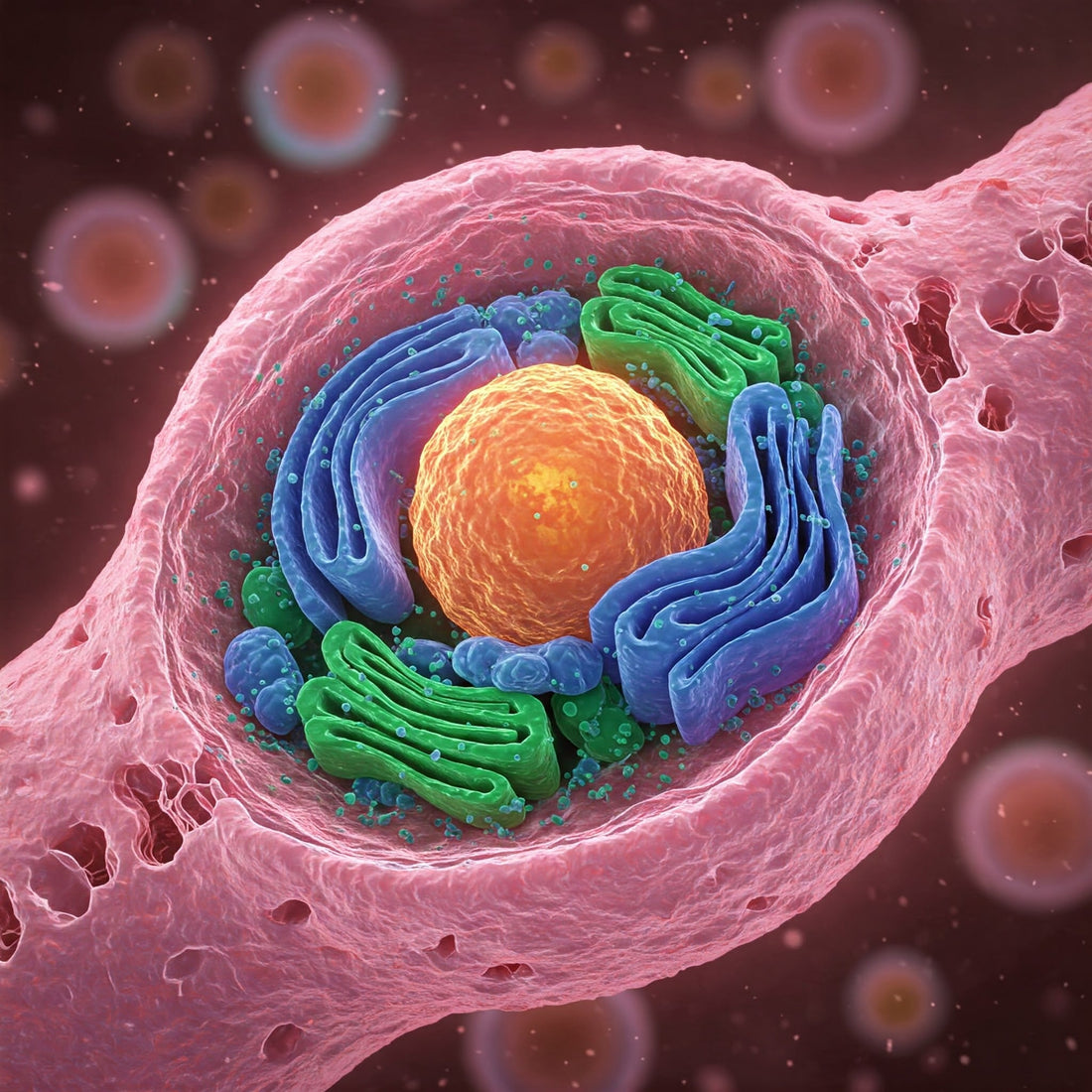
Microscopic Detectives: Unraveling Secrets with Cytopathology
Share
Ever wondered how doctors can diagnose diseases without major surgery? Enter the fascinating world of cytopathology, a field where tiny cells hold the keys to big medical mysteries. Think of cytopathologists as microscopic detectives, meticulously examining cellular clues to pinpoint illnesses, from cancer to infections.
So, what exactly is cytopathology? Let's break it down:
Cells: The Body's Tiny Messengers
Our bodies are intricate communities of cells, each with a specific role. When things go awry, these cells often change their appearance, behavior, or number. Cytopathologists are experts at recognizing these subtle shifts.
The Art of Cellular Sleuthing
Instead of taking large tissue samples (like in a biopsy), cytopathology focuses on collecting individual cells or small clusters. This can be done in several ways:
- Fine Needle Aspiration (FNA): A thin needle is inserted into a suspicious lump or area to collect cells. This is common for examining thyroid nodules, lymph nodes, and breast masses.
- Exfoliative Cytology: Cells that naturally shed from body surfaces are collected. The most famous example is the Pap smear, used to screen for cervical cancer. Other examples include examining cells from sputum (coughed-up mucus) or urine.
- Fluid Cytology: Cells are collected from body fluids like pleural fluid (around the lungs) or peritoneal fluid (in the abdomen). This can help diagnose infections, inflammation, and cancer.
What Happens in the Lab?
Once the cells are collected, the real magic begins. Here's a glimpse into the lab process:
- Preparation: The cells are spread onto glass slides and stained with special dyes. These dyes highlight different cellular components, making them easier to identify.
- Microscopic Examination: The cytopathologist carefully scrutinizes the stained cells under a microscope. They look for abnormalities in cell size, shape, arrangement, and other features.
- Diagnosis: Based on their observations, the cytopathologist provides a diagnosis, which helps guide patient treatment.
Why is Cytopathology Important?
- Minimally Invasive: It often avoids the need for major surgery, reducing patient discomfort and recovery time.
- Early Detection: It can detect diseases at an early stage, when treatment is often more effective.
- Cost-Effective: It's generally less expensive than surgical biopsies.
- Rapid Results: Many cytopathology procedures can provide results relatively quickly.
- Diagnosis of a wide variety of diseases: from cancers, to infectious diseases, and inflammatory conditions.
Beyond Cancer: A Versatile Tool
While cytopathology is widely known for cancer diagnosis, its applications extend far beyond. It's used to:
- Identify infections (e.g., fungal, bacterial, viral).
- Diagnose inflammatory conditions.
- Monitor organ transplant rejection.
- Evaluate the effectiveness of cancer treatments.
The Future is Cellular
As technology advances, cytopathology continues to evolve. Techniques like liquid-based cytology and molecular testing are becoming increasingly common, allowing for even more precise and detailed cellular analysis.
So, the next time you hear about a Pap smear or a fine needle aspiration, remember the dedicated cytopathologists who are working behind the scenes, deciphering the language of cells to keep us healthy. They are the microscopic detectives, revealing the secrets hidden within our bodies.
